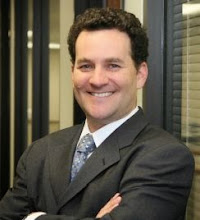The plaintiffs adequately represented the class because any antagonism to the case voiced by putative class members did not go “to the very subject matter of the litigation” and could be managed by creating subclasses. Slip op. at 10-12.
The plaintiffs’ claims were typical, even though different managers may have spent more or less than 50% of their time engaged in exempt administrative tasks. The trial court erred in focusing too greatly on this potential difference among putative class members and in attempting to resolve factual conflicts in the evidence. Slip op. at 11-12.
Common questions of law and fact predominated, and the trial court erred in failing to find ways to prove the plaintiffs’ claims through the resolution of those common questions. Slip op. at 13-19.
“Rather than engage in a post hoc calculation for each employee of hours worked in excess of the mandated 40-hour work week,” the fact finder should determine common issues, such as whether the employer properly classified the class members as exempt, by examining the employer’s “realistic expectations and classification of tasks.”Slip op. at 14-15.
Finally, the Court remanded to the trial court to reconsider whether class treatment was a superior method of resolving the plaintiffs’ claims:
[W]e understand from Brinker, supra, 53 Cal.4th 1004, a renewed direction that class-wide relief remains the preferred method of resolving wage and hour claims, even those in which the facts appear to present difficult issues of proof.Slip op. at 19.
The opinion is available here.






No comments:
Post a Comment
Note: Only a member of this blog may post a comment.